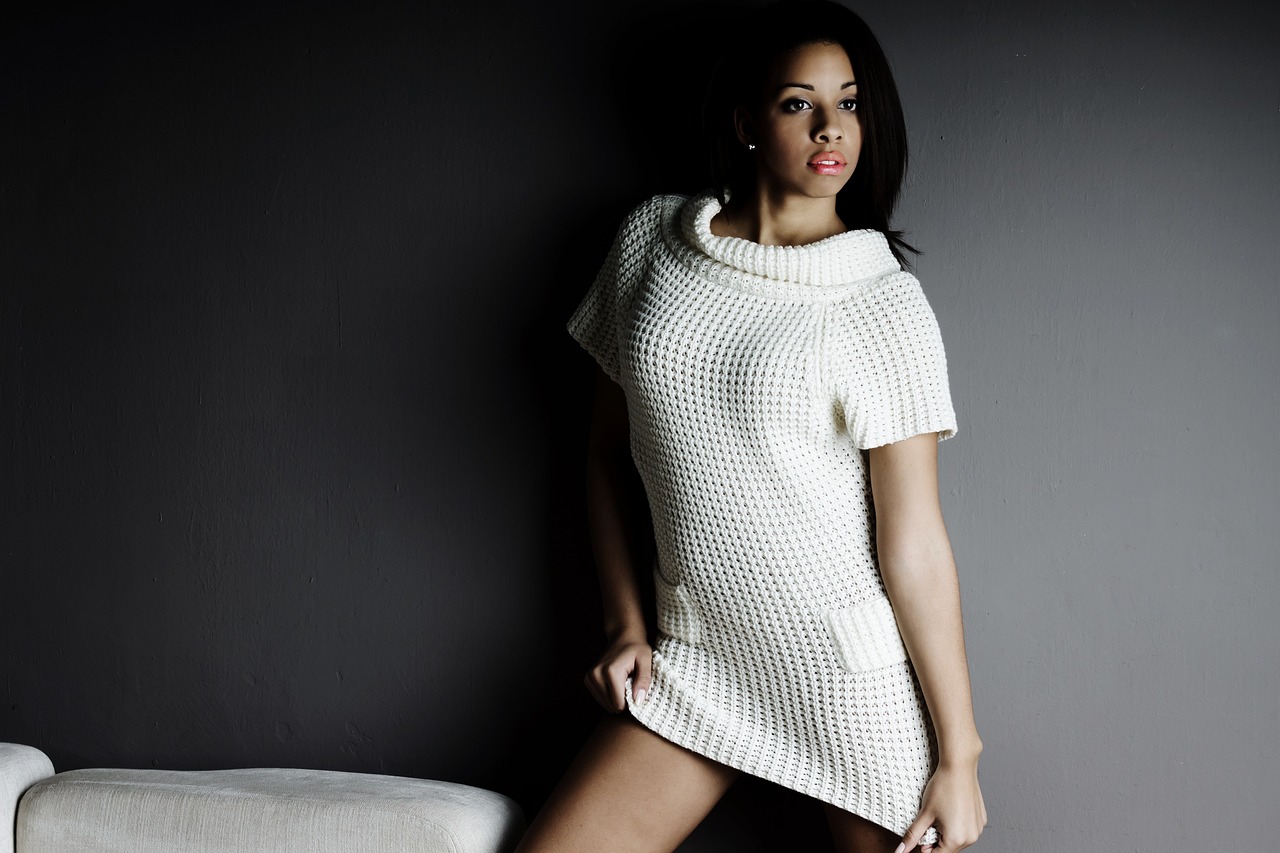
The Designers Shaping the Future of Fashion
H1: The Designers Shaping the Future of Fashion
Fashion is a constantly evolving industry, and the designers who are shaping its future are as diverse and forward-thinking as the world itself. From sustainability to inclusivity, technology to gender-neutral fashion, designers are not just responding to trends—they’re setting them. In this article, we’ll explore the visionaries leading the charge and how their innovative work is changing the way we think about fashion.
H2: Introduction: A New Era in Fashion Design
The role of a fashion designer has never been more pivotal. Today’s designers are not only creating clothing—they are shaping cultural movements, addressing societal needs, and using their craft to influence global conversations. Gone are the days when fashion was only about aesthetics; now it’s about sustainability, ethics, and inclusivity. Designers are tasked with balancing artistic expression with responsible practices, and those who succeed are the ones driving the future of fashion.
H2: Sustainability and Ethical Fashion: The New Frontier
With the fashion industry being one of the largest polluters in the world, sustainability has become a major priority. Designers are increasingly moving away from fast fashion practices and towards eco-friendly alternatives. These changes are not just a trend but a fundamental shift in how fashion operates.
H3: Stella McCartney: The Pioneer of Sustainable Fashion
Stella McCartney is one of the most well-known designers championing sustainable fashion. Her dedication to environmental responsibility has made her a pioneer in the industry. McCartney’s use of sustainable materials, such as organic cotton, recycled polyester, and non-leather alternatives, is a testament to her commitment to ethical fashion. Her work has helped prove that high fashion can coexist with eco-conscious practices, setting an example for others to follow.
H3: Gabriela Hearst: Merging Luxury with Sustainability
Gabriela Hearst’s collection blends luxury and sustainability effortlessly. She uses natural fibers and prioritizes ethical production methods. By collaborating with artisans from around the world, Hearst ensures her designs are not only environmentally responsible but also promote fair labor practices. Her commitment to sustainability shows that fashion can be both glamorous and environmentally conscious.
H2: Technology Meets Fashion: The Future of Design
As technology continues to advance, designers are incorporating new tools and techniques to create innovative designs. From 3D printing to virtual reality, technology is allowing fashion to break free from traditional constraints. Designers are experimenting with new materials and methods, challenging the way we think about clothing and fashion production.
H3: Balenciaga: Embracing Digital Innovation
Balenciaga is at the forefront of digital innovation in fashion. The brand’s embrace of virtual fashion and digital clothing is a prime example of how technology is shaping the future. Balenciaga has even launched digital-only collections, allowing consumers to purchase virtual garments for their avatars in online games and digital platforms. This shift towards virtual fashion marks a new era where the lines between physical and digital fashion are blurred.

H3: Iris van Herpen: Fashion as Art through Technology
Iris van Herpen is another designer who has fully embraced technology. Known for her intricate designs made with 3D printing, van Herpen is pushing the boundaries of what’s possible in fashion. Her work challenges the traditional forms of garment-making, turning clothing into pieces of art. By utilizing cutting-edge technology, van Herpen is redefining fashion and creating designs that were once thought to be impossible.
H2: Inclusivity and Diversity in Fashion: Designers Making a Difference
The future of fashion is not only about innovation—it’s also about inclusivity. Designers are increasingly focusing on creating collections that represent all body types, backgrounds, and identities. The push for diversity is no longer a trend but a necessity, and many designers are leading the charge to make fashion accessible to everyone.
H3: Virgil Abloh: Breaking Boundaries in Streetwear and High Fashion
Virgil Abloh is one of the most influential figures in contemporary fashion. As the artistic director of Louis Vuitton’s men’s wear and the founder of Off-White, Abloh has bridged the gap between streetwear and high fashion. His work challenges traditional fashion norms, advocating for diversity and inclusivity at every step. Abloh’s designs reflect a global, multicultural aesthetic, and he has used his platform to push for broader representation in the fashion industry.
H3: Christian Siriano: A Champion of Size Inclusivity
Christian Siriano has become synonymous with size inclusivity in the fashion industry. His commitment to creating beautiful, fashionable designs for women of all sizes has made him a leader in the push for more inclusive fashion. Siriano’s runway shows feature models of all shapes and sizes, sending a powerful message about beauty standards and diversity.
H2: The Rise of Gender-Neutral Fashion
Gender-neutral fashion is rapidly gaining momentum, as more designers move away from traditional gender norms. The future of fashion lies in inclusivity and fluidity, with many designers creating clothing that can be worn by anyone, regardless of gender.
H3: Telfar Clemens: Revolutionizing Fashion with Gender-Neutral Designs
Telfar Clemens is a revolutionary figure in the world of gender-neutral fashion. His unisex clothing line, Telfar, has become a cultural phenomenon, and his designs challenge the very notion of gendered clothing. Clemens’ approach to fashion is based on the idea that clothes should be for everyone, and his success has paved the way for other designers to explore gender-fluid collections.
H3: Loewe: Exploring Fluidity in Fashion
Loewe has embraced gender fluidity in its collections, creating designs that transcend traditional gender norms. With creative director Jonathan Anderson at the helm, Loewe has presented gender-neutral collections that are both luxurious and inclusive. Loewe’s commitment to breaking gender boundaries has solidified its position as one of the most forward-thinking brands in the industry.
H2: The Future of Fashion: What’s Next?
The future of fashion is filled with exciting possibilities. As technology, sustainability, and inclusivity continue to evolve, so too will the work of designers. The next generation of fashion creators will likely focus on even more innovative, sustainable, and inclusive designs, shaping an industry that reflects the needs of a diverse and ever-changing world.
H2: Conclusion: A Transforming Landscape
The designers shaping the future of fashion are not just creators—they are pioneers, pushing the boundaries of what’s possible and making the industry more inclusive, sustainable, and innovative. From Stella McCartney’s sustainable designs to Telfar Clemens’ gender-neutral revolution, these designers are transforming the way we think about fashion. As the industry continues to evolve, their influence will only grow, ensuring that the future of fashion is bright, diverse, and exciting.
H2: FAQs
1
4o
ChatGPT 说:
. What role does sustainability play in shaping the future of fashion?
Sustainability is a major factor in modern fashion, with designers prioritizing eco-friendly materials and ethical production practices to reduce the industry’s environmental impact.
- Who are the designers leading the charge in inclusive fashion?
Designers like Virgil Abloh, Christian Siriano, and Telfar Clemens are leading the way in promoting inclusivity, creating fashion for all body types and identities. - How is technology changing the way fashion is designed?
Technology, such as 3D printing and virtual fashion, is allowing designers to create innovative, futuristic garments and explore new ways of production and presentation. - What is gender-neutral fashion, and why is it important?
Gender-neutral fashion refers to clothing that is not designed for a specific gender but can be worn by anyone. It promotes inclusivity and challenges traditional gender norms in fashion. - How can fashion designers continue to evolve in the next decade?
Fashion designers will continue to evolve by embracing new technologies, championing sustainability, and pushing for greater inclusivity and diversity within the industry.




